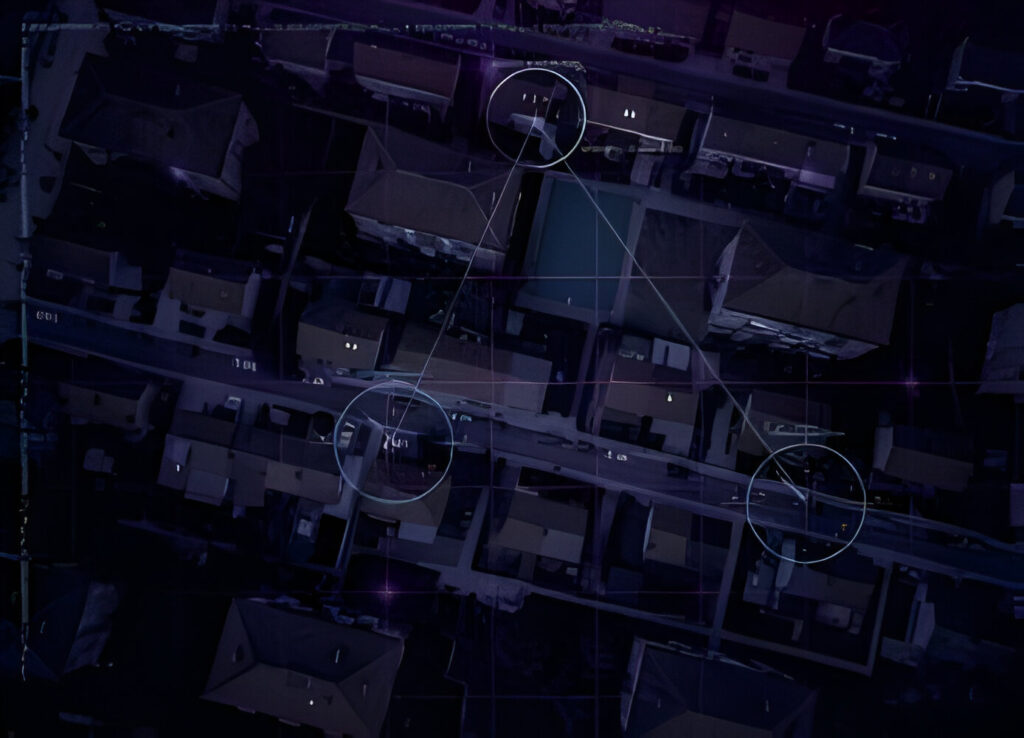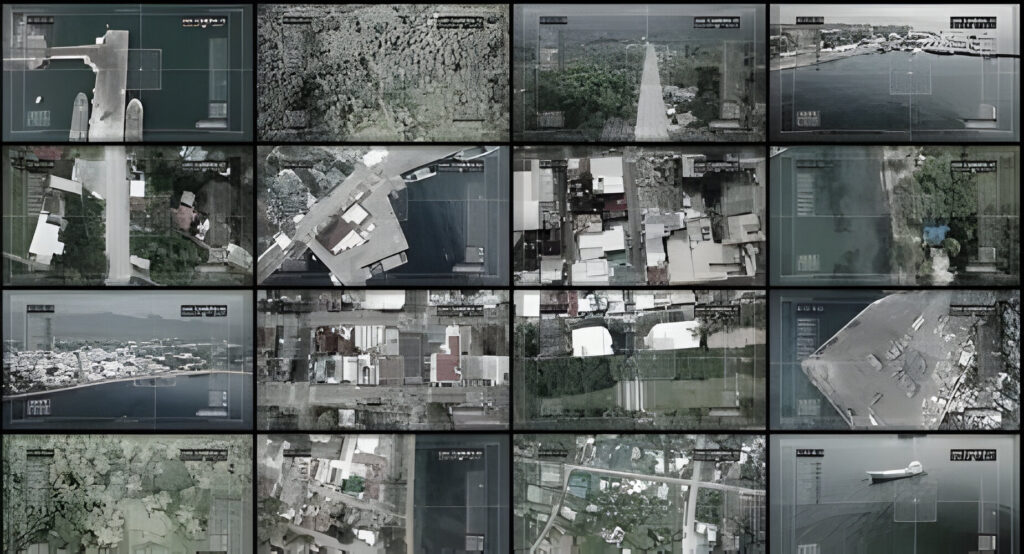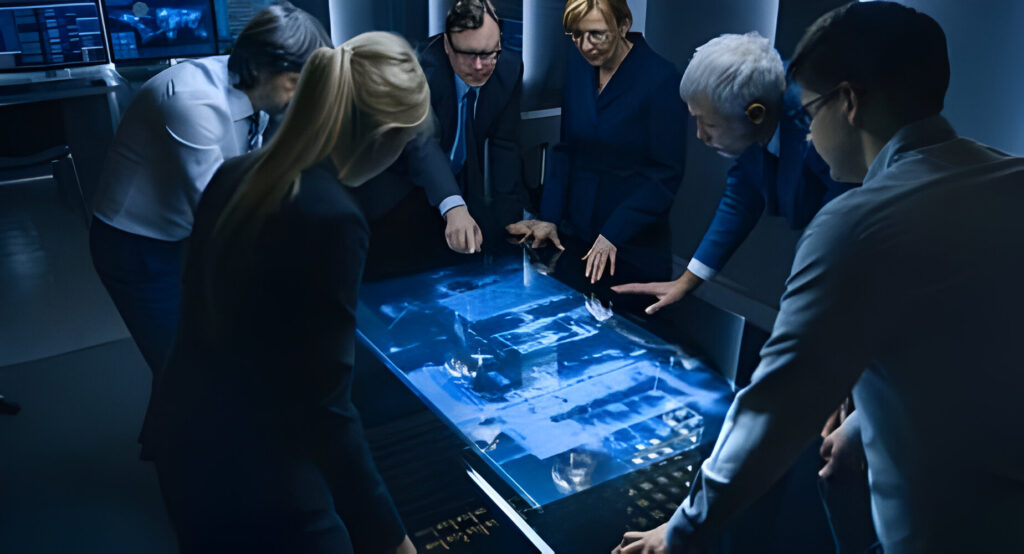In the clandestine world of law enforcement, the FBI utilizes cutting-edge technology to ensure public safety. One such tool is surveillance drones, which operate covertly even during the darkest hours. In this article, we delve into the intricate workings of FBI surveillance drones at night, shedding light on their operations and significance.
Understanding FBI Surveillance Drone at Night
FBI surveillance drones are equipped with state-of-the-art night vision capabilities, enabling them to operate seamlessly under the cover of darkness. These drones employ infrared technology and low-light cameras to capture clear footage, providing invaluable insights to law enforcement agencies.

The Significance of Nighttime Operations
Operating drones at night offers distinct advantages to law enforcement agencies, especially the FBI. The cover of darkness provides enhanced stealth, allowing drones to monitor suspicious activities without detection. Moreover, nighttime operations often coincide with criminal activities, making it a crucial window for surveillance.
Techniques Employed in Nighttime Surveillance
FBI surveillance drones utilize various techniques to gather intelligence during nighttime operations. This includes pattern-of-life analysis, where drones observe and document routine activities in target areas. Additionally, drones may employ thermal imaging to detect heat signatures, aiding in the identification of individuals even in low-light conditions.
Legal and Ethical Considerations
While the use of surveillance drones offers numerous benefits, it also raises concerns regarding privacy and civil liberties. The FBI must adhere to strict guidelines and regulations governing the use of drones, ensuring that surveillance activities are conducted within the boundaries of the law.
Challenges Faced by FBI Surveillance Drones at Night
Operating drones at night presents unique challenges, including limited visibility and environmental factors such as weather conditions. To mitigate these challenges, FBI technicians continuously refine drone technology, enhancing their capabilities to operate effectively in low-light environments.

Case Studies: Real-World Applications
Examining real-world scenarios where FBI surveillance drones have been instrumental in thwarting criminal activities provides valuable insights into their effectiveness. From tracking fugitives to gathering evidence in covert operations, these case studies highlight the pivotal role of drones in law enforcement efforts.
Future Implications and Innovations
As technology evolves, so too will the capabilities of FBI surveillance drones. Future innovations include enhanced autonomy, predictive analytics, and advanced sensor technologies, further augmenting their effectiveness in nighttime surveillance operations.
Public Perception and Controversies
The use of surveillance drones, particularly during nighttime operations, often sparks debates surrounding privacy rights and government surveillance. Law enforcement agencies must engage with the public and address concerns transparently to maintain trust and accountability.
Conclusion
In conclusion, FBI surveillance drones play a vital role in ensuring public safety, especially during nighttime operations. By leveraging cutting-edge technology and adhering to stringent regulations, these drones enable law enforcement agencies to gather intelligence effectively while respecting privacy rights. As technology continues to advance, the future of nighttime surveillance holds promise for enhanced security and protection.
FAQs (Frequently Asked Questions)
Q: How do FBI surveillance drones operate at night?
A: FBI surveillance drones utilize infrared technology and low-light cameras to capture clear footage even in darkness.
Q: What are the advantages of nighttime surveillance operations?
A: Nighttime operations offer enhanced stealth and coincide with peak criminal activities, making them crucial for surveillance.
Q: Are there legal and ethical considerations associated with nighttime drone surveillance?
A: Yes, the FBI must adhere to strict guidelines to ensure that surveillance activities are conducted within the boundaries of the law and respect civil liberties.
Q: What challenges do FBI surveillance drones face at night?
A: Limited visibility and environmental factors pose challenges, but ongoing technological advancements aim to address these issues.
Q: Can you provide examples of real-world applications of FBI surveillance drones at night?
A: Yes, these drones have been instrumental in tracking fugitives, gathering evidence, and conducting covert operations.
Q: How do law enforcement agencies address public concerns about nighttime surveillance?
A: Transparency, engagement, and adherence to regulations are essential in addressing public concerns and maintaining trust.
Conclusion
Unlocking the mysteries of FBI surveillance drones at night reveals a world of cutting-edge technology and strategic operations. As these drones continue to evolve, they will undoubtedly shape the future of law enforcement, ensuring a safer and more secure society.

